I have a
categorytable.In which first 5 are main category and others are sub category.
I need to fetch the sub categories of first 5 main category so i have found the sql query
SELECT m.category_id,m.category_name AS 'Parent',
e.category_name AS 'Sub'
FROM category e
INNER JOIN category m ON m.category_id = e.parent_category_id
ORDER BY Parent
The query is joining the same table itself.and am getting the result given below
Result
How can i convert the SQL query to HQL and return the data like above image to user in standard json format ?
FetchSubCategory
import java.io.Serializable;
import java.util.Set;
import javax.persistence.*;
@Entity
@Table(name = "category")
public class FetchSubCategory implements Serializable {
private static final long serialVersionUID = 1L;
@Id
@GeneratedValue(strategy = GenerationType.IDENTITY)
@Column(name = "category_id")
private Integer categoryId;
@Column(name = "category_name")
private String categoryName;
@ManyToOne(cascade = {CascadeType.ALL})
@JoinColumn(name = "parent_category_id")
private FetchSubCategory parent;
@OneToMany(mappedBy = "parent")
private Set<FetchSubCategory> subCategory;
public Integer getCategoryId() {
return categoryId;
}
public void setCategoryId(Integer categoryId) {
this.categoryId = categoryId;
}
public String getCategoryName() {
return categoryName;
}
public void setCategoryName(String categoryName) {
this.categoryName = categoryName;
}
public FetchSubCategory getParent() {
return parent;
}
public void setParent(FetchSubCategory parent) {
this.parent = parent;
}
public Set<FetchSubCategory> getSubCategory() {
return subCategory;
}
public void setSubCategory(Set<FetchSubCategory> subCategory) {
this.subCategory = subCategory;
}
}
Method
public Set<FetchSubCategory> fetchSubCategory() throws SQLException, ClassNotFoundException, IOException {
Set<FetchSubCategory> groupList = null;
try {
Session session = sessionFactory.getCurrentSession();
Query query = session.createQuery("SELECT m.categoryName AS 'Parent', e.categoryName AS 'Sub' FROM FetchSubCategory e INNER JOIN FetchSubCategory m ORDER BY Parent");
groupList = (Set<FetchSubCategory>) query.list();
} catch (Exception e) {
e.printStackTrace();
}
return groupList;
}
Can any one please correct my mistake and tell me how to fetch result like above image?

